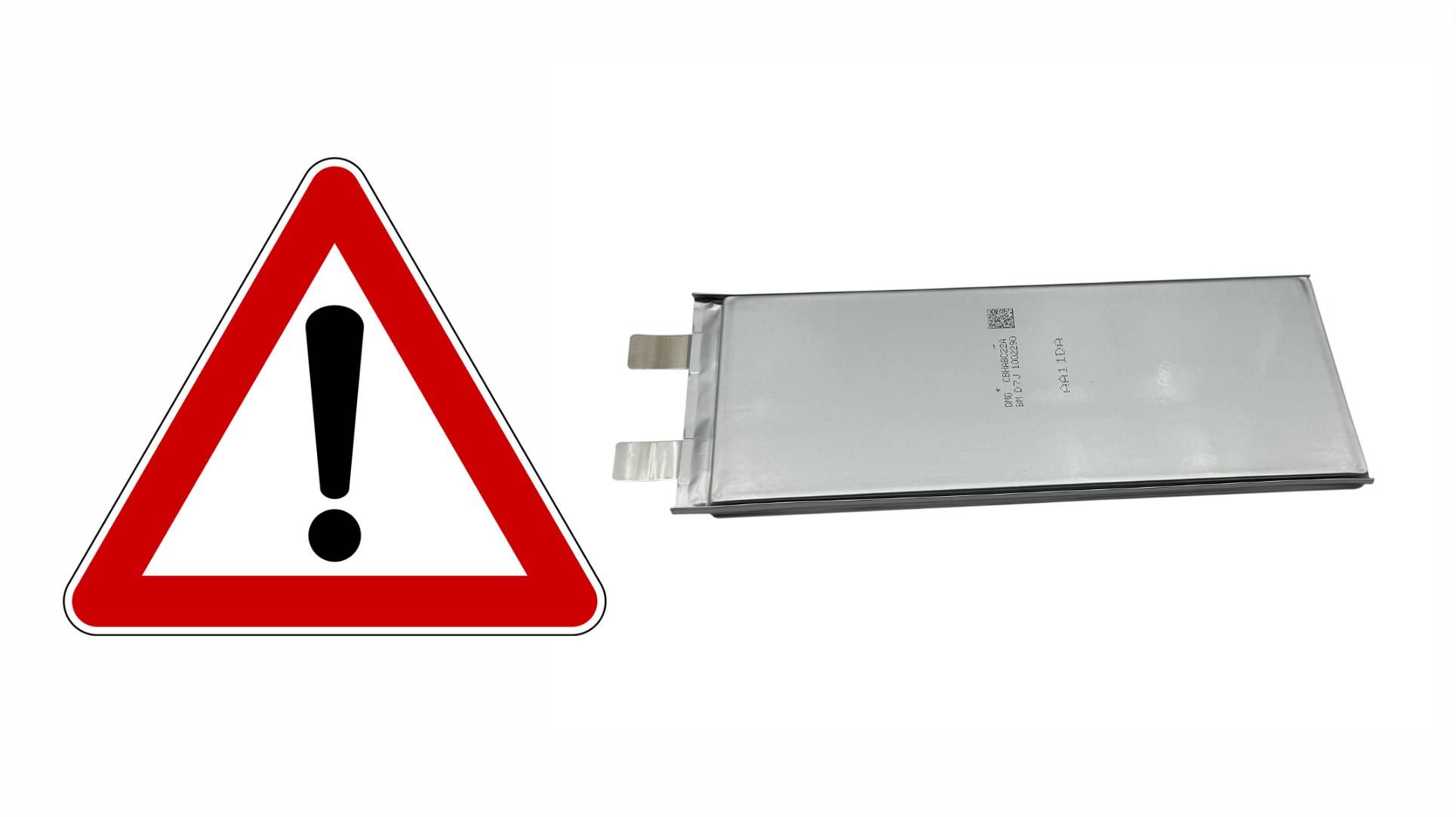Testing the capacity and performance of LiFePO4 pouch cells is crucial for ensuring their reliability and efficiency in various applications. By evaluating factors like electrolyte amount, temperature, and cell design, manufacturers can optimize performance. Understanding these aspects helps in selecting the right battery for specific needs.
What are the Key Factors in Testing LiFePO4 Pouch Cells?
Key factors influencing the testing of LiFePO4 pouch cells include:
- Electrolyte Amount: The quantity of electrolyte impacts cell stability and performance.
- Temperature Control: Maintaining optimal temperature during testing ensures accurate results.
- Electrode Uniformity: Consistent electrode thickness affects overall cell performance.
| Factor | Importance |
|---|---|
| Electrolyte Amount | Affects stability and capacity |
| Temperature Control | Ensures accurate performance |
| Electrode Uniformity | Influences efficiency |
How Does Electrolyte Amount Affect Capacity and Performance?
The electrolyte amount is critical for optimal performance. Research indicates that a minimum ratio of electrolyte to pore volume greater than 3:1 is necessary for stable cell behavior. Insufficient electrolyte can lead to increased internal resistance and reduced capacity.
Why is Testing Essential for LiFePO4 Pouch Cells?
Testing is essential to validate performance metrics such as:
- Cycle Life: Determines how many charge/discharge cycles a cell can undergo before significant capacity loss.
- Safety: Identifies risks such as thermal runaway or short circuits.
- Efficiency: Assesses how well the cell converts stored energy into usable power.
What Methods are Used for Evaluating Battery Performance?
Common methods for evaluating battery performance include:
- Galvanostatic Charge/Discharge Testing: Measures capacity at different current rates.
- Impedance Spectroscopy (IS): Evaluates internal resistance and charge transfer efficiency.
- Temperature Distribution Analysis: Monitors thermal behavior during operation.
| Method | Purpose |
|---|---|
| Galvanostatic Testing | Measures capacity |
| Impedance Spectroscopy | Assesses internal resistance |
| Temperature Analysis | Evaluates thermal behavior |
How Do Temperature and Cell Package Influence Efficiency?
Temperature significantly impacts battery efficiency, with higher temperatures often leading to increased reaction rates but also risks of degradation. The pouch design allows for better heat dissipation compared to rigid cells, enhancing safety and performance under varying conditions.
What are the Benefits of Using LiFePO4 Pouch Cells?
LiFePO4 pouch cells offer several advantages:
- Higher Energy Density: Their design allows for more efficient space utilization.
- Longer Lifespan: They can withstand more charge cycles compared to other lithium-ion batteries.
- Improved Safety: Lower risk of thermal runaway due to stable chemical composition.
How Do LiFePO4 Pouch Cells Compare to Other Lithium-Ion Batteries?
LiFePO4 pouch cells differ from other lithium-ion batteries in several ways:
- Chemical Stability: They have a more stable cathode material, reducing risks associated with overheating.
- Form Factor Flexibility: Their thin profile allows integration into compact spaces.
- Cost Efficiency: Although they may have a higher upfront cost, their longer lifespan leads to lower total cost over time.
Buy Wholesale Battery Tips
For those considering wholesale purchases, partnering with a reliable manufacturer like Redway Battery, known for its extensive experience in lithium battery production, is crucial. To make OEM orders effectively:
- Define your specifications clearly.
- Communicate regularly with the manufacturer throughout the process.
- Ensure compliance with safety standards.
Industrial News
Recent advancements in lithium battery technology highlight an increasing focus on safety features and energy efficiency, particularly in applications like electric vehicles and renewable energy storage systems.
Redway Expert Views
“Testing is not just about measuring capacity; it’s about ensuring that every cell meets safety standards and performs reliably under various conditions,” states an expert from Redway Battery.
FAQ Section
- What factors affect the performance of LiFePO4 pouch cells?
Key factors include electrolyte amount, temperature control, and electrode uniformity, all crucial for optimal performance. - Why is it important to test these batteries?
Testing ensures reliability, safety, and efficiency, helping manufacturers meet industry standards. - How do I choose between different types of lithium-ion batteries?
Consider factors such as energy density, lifespan, safety features, and application-specific requirements when making your choice.



